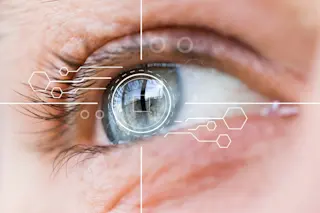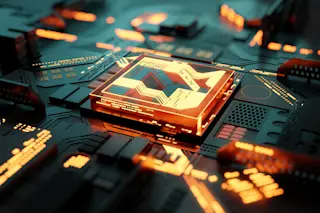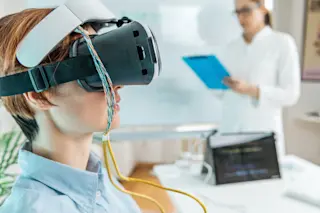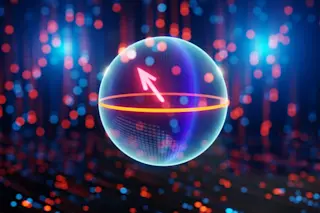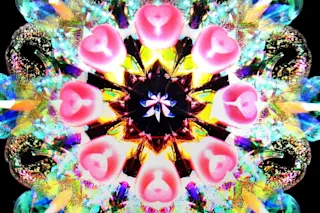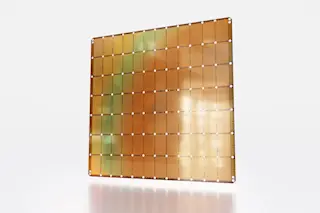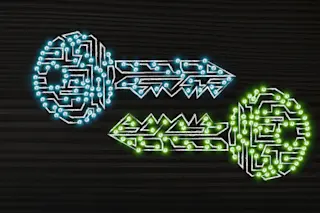Light sensitive pixels and the cameras they make possible have transformed modern life. Cameras are pervasive. Smartphones often have several, streets, shops and businesses — even our homes--bristle with them. Humans have become used to the idea that they are constantly recorded by these devices every time they leave their house and often while they are within it.
But the ubiquity of cameras has limits and one of them is eye tracking. The ability to track the position and angle of the eyeball has a wide range of applications from virtual reality devices to advert tracking to driver safety systems and beyond.
The problem is that placing a camera in front of the eyes tends to block the view. And mounting them further away makes them less accurate, more bulky and often more power hungry because of the extra data processing they require. This has limited their utility in many ...


